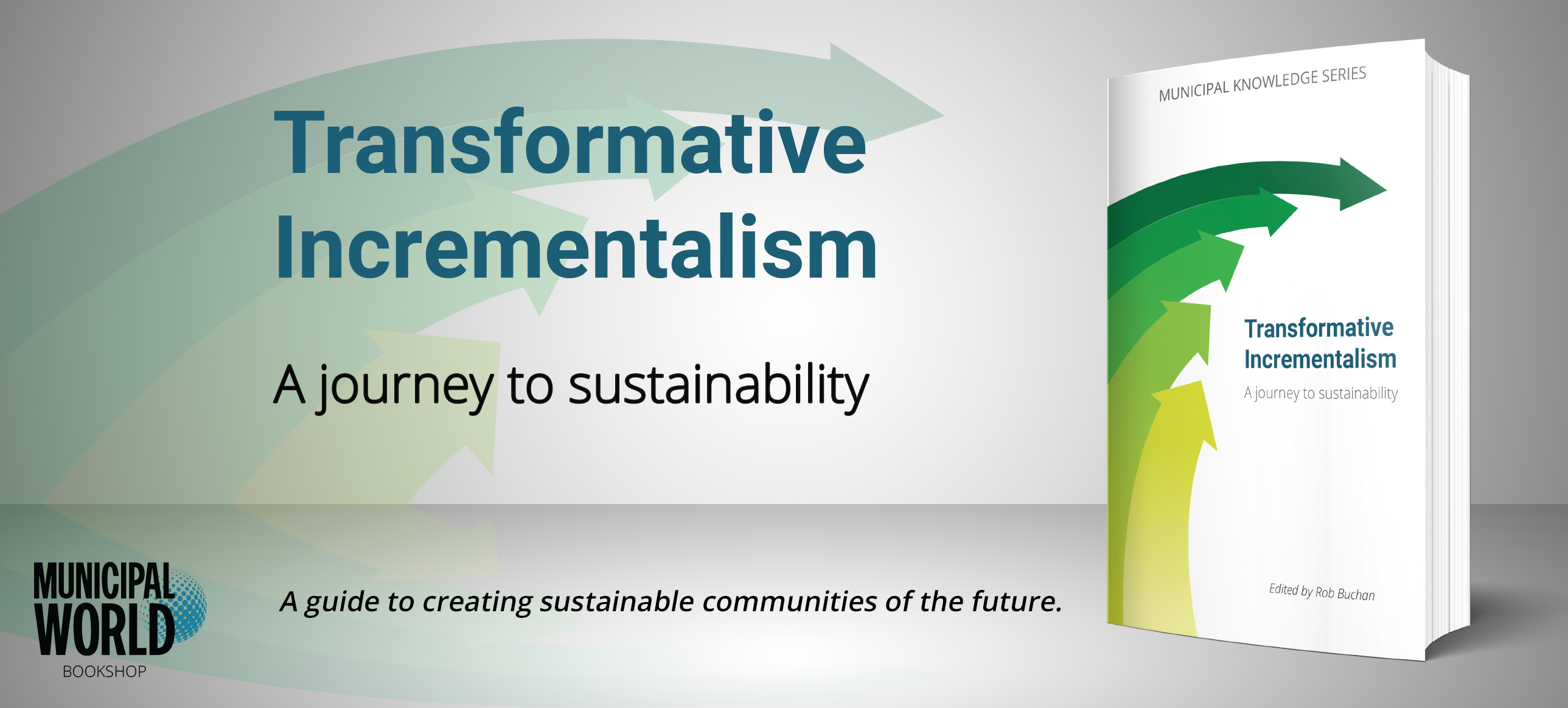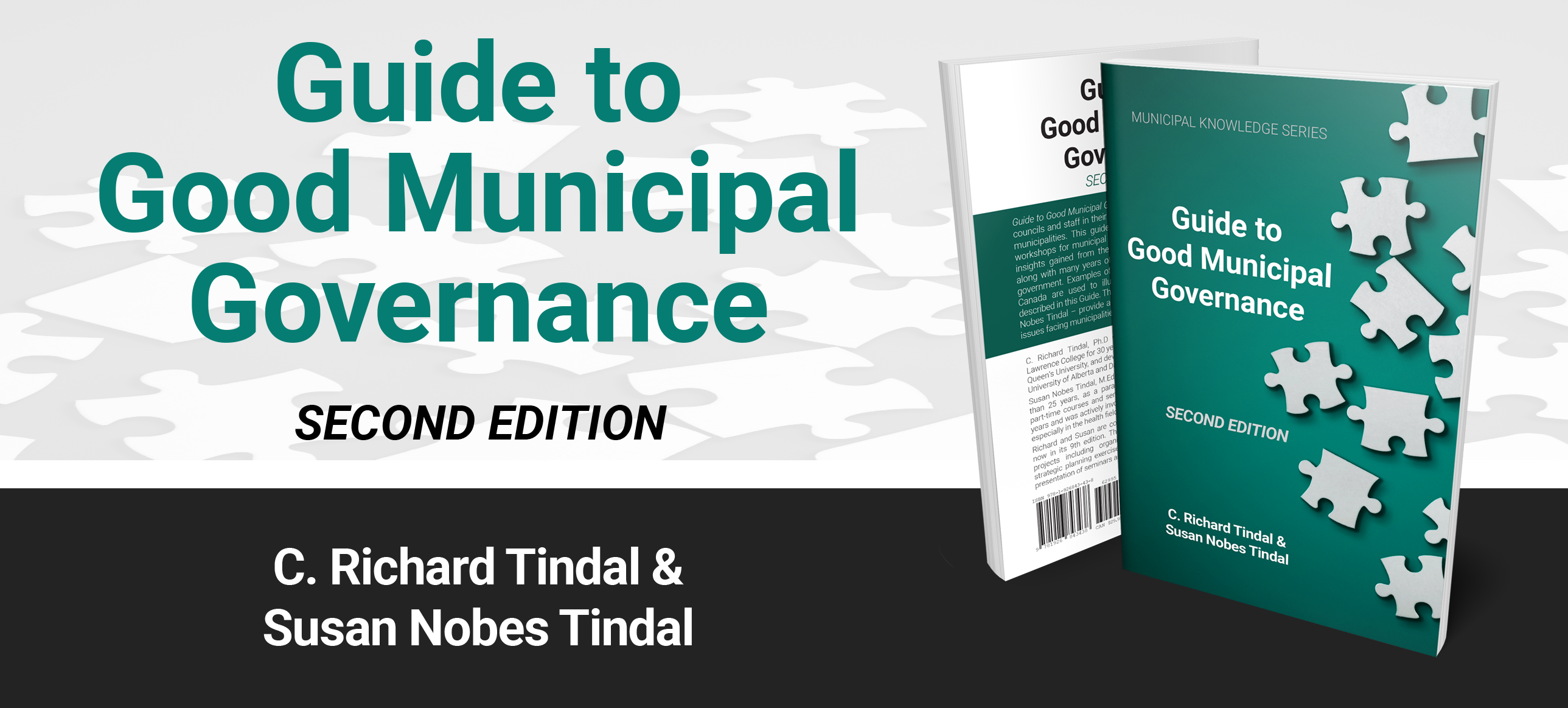Five strategic planning challenges – and how to overcome them

Opposition to strategic planning has been growing for some time. The primary charge against it is that it isn’t actually strategic at all. More precisely, it doesn’t produce strategic thinking, which is what our communities really need! This critique has been led by management experts who see the very concept of “strategic planning” as an oxymoron. Many rightly observe that planning is analysis, strategy is synthesis, and that the former cannot produce the latter. Planning gets you a plan, but not necessarily a strategy.
1. Predictability
A major fallacy is the assumption that the city/province/world will “hold still” while a plan is being developed, and then stay on the predicted course while that plan is being implemented. In fact, the environment within all municipal organizations is far from being predictable and static … it keeps changing at an ever-faster rate, meaning that plans can quickly end up being out of date or irrelevant. As a result, there is a tendency for the plan to become an end in itself, which must be pursued, even when unexpected changes in the environment/economy invalidate the assumptions upon which it was based. Following the blueprint becomes a very poor substitute for addressing the local realities.
2. Objectivity
The second fallacy is the assumption that the keys to effective strategy lie in objective measures of hard data, and the consequent ignoring of the “decidedly soft underbelly” beneath the hard data. The fact is, this underbelly is often crucial to choosing the right direction for an organization – whether small or large.
3. Structure
The third closely-related fallacy is the assumption that structural systems and “a rational sequence” – from analysis through administrative procedure to eventual action – are superior to human judgment. In actual fact, formalized procedures almost never “forecast discontinuities” or create novel strategies. Instead, they incline planners to concentrate on means rather than ends; on “how to do things,” rather than “why to do things.” Lost are better ways of pursuing current objectives, as well as the need to reconsider which objectives should be pursued. This error can be both dangerous and expensive.
4. Imitation
Few strategic plans are truly original. Most tend to base their future projections on the recent past and to borrow heavily from competitors’ plans. And, they tend to reflect current management fads. For example, when total quality management (TQM) was all the rage, company after company embraced TQM in its planning, before discovering its many limitations.
5. Faddism
Any process that’s trendy doesn’t lead to strategic thinking; it inhibits it. To many critics of strategic planning, the larger underlying issue is that the very enterprise of strategic planning is itself a fad, an activity that symbolizes good governance, but doesn’t typically contribute much of substantive value. Opponents even believe that strategic planning is a fading fad.
Re-Examining “Strategy”
Given the fundamental flaws in traditional planning, it’s time we replace it with strategic thinking, re-examine the very concept of “strategy,” and simplify rather than add more complexity.
Henry Mintzberg (author of Managers Not MBAs, 2014) notes:
Strategic planning often spoils strategic thinking, causing managers to confuse real vision with manipulation of numbers. And this confusion lies at the heart of the issue: the most successful strategies are visions, not plans.
Strategic thinking is about synthesis of data, about using human intuition and creativity to formulate an integrated perspective, a vision of where the municipality should be heading.
Planning teams should attempt to integrate – in clear terms – the strong advantages that newly developed, thinking-based plans should represent. In today’s dynamic economic climate, it’s the best strategy. MW
✯ Municipal World Insider and Executive Members: You might also be interested in the full version of this article or in Kelly Rudyk’s article: Priority-based business planning and budgeting. Note that you can now access the complete collection of past articles (and more) from your membership dashboard.
John Dickson works as a consultant in both the private and public sectors, building constructive dialogue with all clients. His 30+ years in business includes senior positions in creative services, marketing-advertising agencies, Parks Canada, and a tourism direct marketing organization.
Related resource materials:



